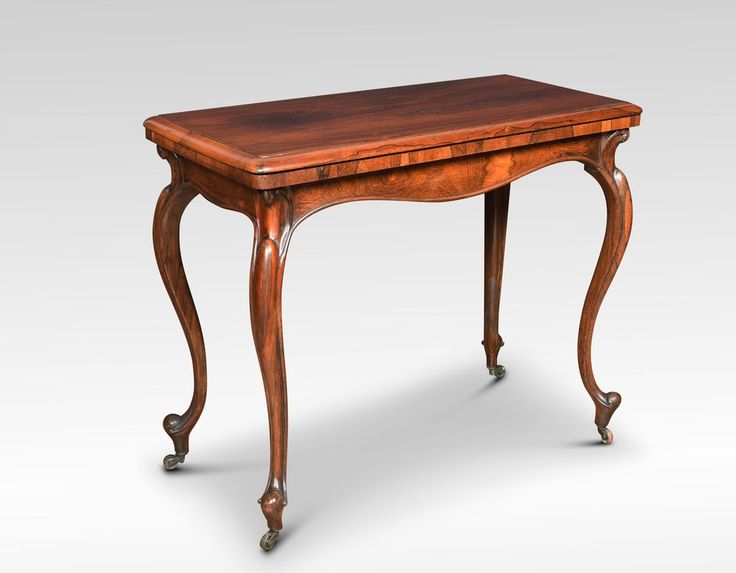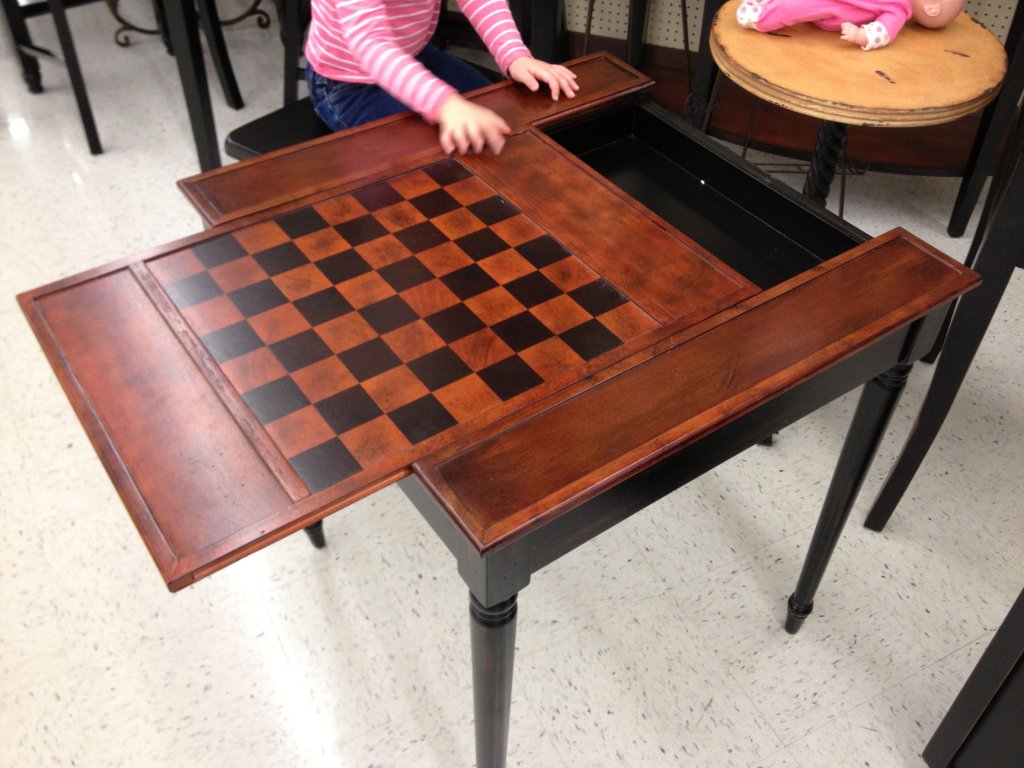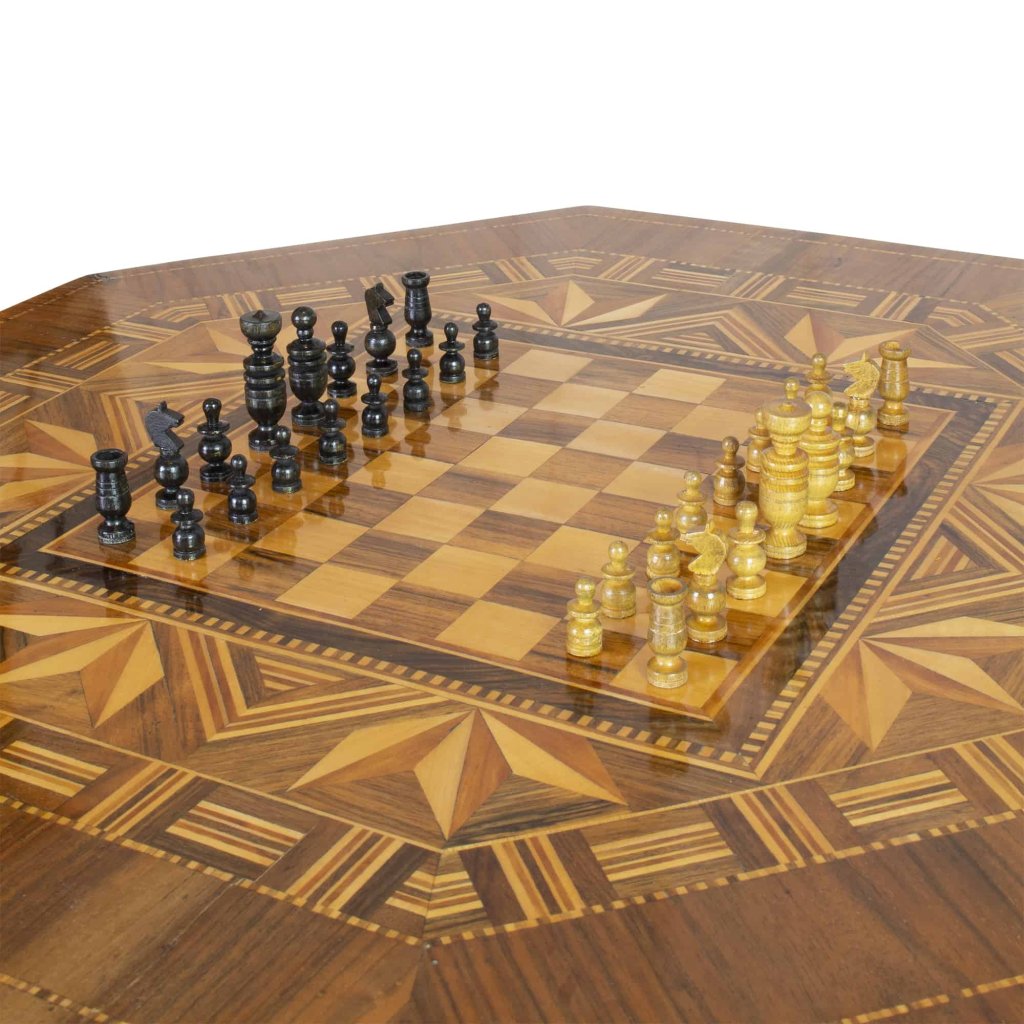Card tables are popular for arranging card or board games. People have been using this type of table since the 16th century. It originated in Europe, but later it expanded globally, even in the United States. Famous ancient personalities like King Charles II, George Washington, Philadelphian William Cowper, and others have used card tables.
A few people also use a card table for serving breakfast and dinner. There are various types of card tables available on the market at present. However, do you know how it gained enormous popularity?
In this blog, you will learn when the card tables become popular. Walnut, mahogany, and rosewood card tables have been very popular since the 17th century. People also used these tables to play a chess game.
What is a Card Table?

Generally, a card table is a small portable table with unique textures. These types of tables were founded in the 16th or 17th century. People use card tables to play different card games. Apart from that, people also use it to play board and tabletop games, such as chess, monopoly, etc.
At present, card table dimensions are 30 inches wide and tall, but in ancient times, it was almost 40 inches. Nowadays, people also use it as their normal table. A card table can be rectangular, circle, oval, octagon, or square-shaped. Each table may made of different types of wood, like walnut, mahogany, etc.
The following tables are recognized as a card table:
- Georgian Style Walnut Card Table
- Victorian Inlaid Card Table
- French Boulle Card Table
- Chippendale Card Table
- Regency Mahogany Card Table
- Scottish Regency Rosewood Card Table
- Regency Scumbled Games Table
- Serpentine Fronted Card Table, etc.
When Did It Become Popular?
1. In the American Region

The card tables were invented in the 16th century. However, from the beginning of the 17th century to the 18th century, it became popular worldwide. Several history is associated with these types of tables. The Chippendale card table was invented in Massachusetts in the mid-17th century.
They were made to play games. It was inspired by the Georgian Mahogany Triple Top Card Table, which was invented in the early 17th century. They are made of solid mahogany wood and are popular for their edges, two surfaces, and over-cabriole legs. Both are popular for card games since the 17th century. The card tables are generally made for spending leisure time.
A few card tables were made of walnut trees. They also share the same traits as the mahogany wood. For example, they have two leaf tops, swing legs, and two surfaces. In addition, walnut card tables have a woolen texture and leather surface. At that time, the lighting was not adequate during the evening, so people used candlesticks to play various types of card games. In a few places, people also used these card tables to gamble.
Thus, it became popular numerously. They played their games by keeping the cards in the drawer and the dice on the table. The card tables are well-furnished from the ancient ages.
After so many decades, so many card tables were introduced in the market. They consisted of different shapes, multiple uses, and brass mounts. Regency card tables are one of them. The decorative card tables gained popularity in almost every corner of the United States. In general, all types of card tables became popular in the 17th century because of gambling. A few card tables consist of five or six legs.
They originated from New York. Apart from gambling, several restaurants started using card tables to serve breakfast or dinner simultaneously. Philadelphian William Cowper even used a green-baize-covered card table to have his regular breakfast in the 1780s.
2. In the European Region

Meanwhile, in Europe, the card table became popular in the 18th century due to the rise of different card games. However, the first card table originated in Europe. European people used card tables to play card games like Quarrille, Whist, and Piquet. In the same period, the Dutch card table was introduced in the Netherlands.
It was used to play a Dutch card game known as Klaverjassen. A Dutch card table has fascinating wooden textiles on its top. In the same period, French mahogany card tables were also introduced. People didn’t use it only for playing card games but also in political and diplomatic settings in France.
Chess has been a popular game since the ancient ages. Thus, a card table was introduced that is inspired by the game of chess. This card table’s top is designed like a chess board, and its drawer consists of chess pieces.
They also originated in France but gained popularity worldwide in the mid-18th century. A chess card table is versatile and consists of unique wooden textiles. At present, card tables are also used, but mostly for household uses. The popularity of card tables has increased since the 17th century due to the rise of antique card or board games.
In Summary
The card tables were first introduced in Europe in the late 16th century. Later, from the early 17th century, it gained enormous popularity across the globe, including the American region. Slowly, unique card tables, like the Chippendale and Regency card tables, were invented in the USA.
Later, in the 18th century, when antique card and board games became popular, chess and Dutch wood card tables were introduced in Europe. The rise of card games increases the popularity of card tables.
Thanks for reading this blog. Finally, you’ve learned when the card tables become popular. If you still have any queries, let us know in the comments.

